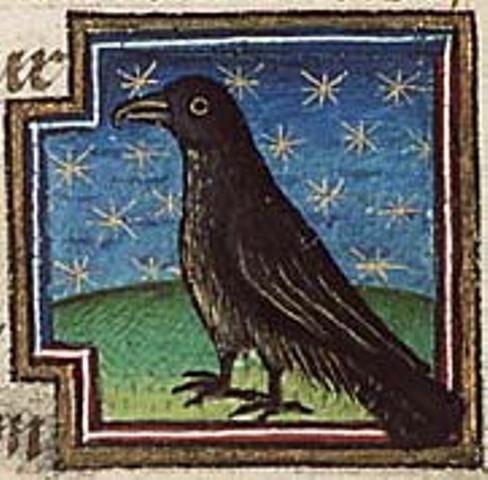















The Mabinogion
A collection of Welsh tales first preserved in the early Peniarth manuscripts (ca 1225), then the White Book of Rhydderch (Llyfyr Gwyn Rhydderch) written about 1300-1325; and later in the Red Book of Hergest (Llyfyr Coch o Hergest), written between 1375-1400. Most scholars believe that all but the three "romances" date to the tenth or eleventh century, and are based on much early mythology.
The Name
The name is a misnomer, as the word "mabinogion" (or mabynogyon, as it appears in the text) doesn't exist in Welsh. There was a mistake made by the scribe, adding a common plural ending to the word. "Mabynogyon" is only found at the end of the first branch. The real word is "mabinogi," which some translate as "tales for youth," "tales relating to Mabon" and "tales of [a] hero." By the fifteenth century, it had been used to translated the Latin word infantia in the apocryphal Mabinogi Iesu Grist.
The word mabinogion first appears in William Owen Pughe's Cambrian Register (1795). Pughe took the word mabinogi to mean "tale for youth", and accepted mabynogion as its plural, thus leading Charlotte Guest to call the entire collection of stories "The Mabinogion", when in deed the word mabinogi only refers to the four interrelated stories called the Four Branches of the Mabinogi. It was Guest who also named each of the four branches--the names "Pwyll", "Branwen", "Manawydan" and "Math" do not appear as titles in the original manuscripts.
Contents
The tales can be divided into four sections (five if one includes the story of Taliesin):
This section is the most clearly mythological, with much material analogous to the ancient Irish sags:
The Histories: These two stories deal with early British history; they are not unlike episodes out of Geoffrey of Monmouth's History of the Kings of Britian:
The Tales of Arthur: These are tales generally only found in Wales; they have no analogues on the continent, though Culhwch ac Olwen is reminiscent of the story of Jason and the Argonauts.
The Romances: These have obviously been influenced by the French romances of Chretien de Troyes; still, they contain some native elements, and are not simply derived from Chretien, but influenced by:
Manuscripts
When Lady Charlotte Guest translated the books, she added the story Hanes Taliesin; however, the manuscript from which that story comes is quite late in date, possibly the sixteenth or seventeenth centuries. It is comprised of two parts--the Story of Gwion Bach, and the Story of Taliesin, both of which are sometimes found without the other. Lady Guest's version was derived from Iolo Morgannwg's copy, while Ford's copy (see below) is from Elis Gruffudd's 16th century Chronicle of the World.
There are early fragments of "Branwen", "Manawydan", and "Gereint" in Peniarth MS 6. A shorter version of "Peredur" is found in Peniarth MS 7. Both Peniarth 6 and 7 date to the mid-13th century. "Owain" exists in several Welsh manuscripts, and was evidently a very popular story. The most complete editions are found in Penarith MS 4--the White Book of Rhydderch (1340s)--and Jesus MS 111--the Red Book of Hergest (1382?).
The order of the tales in the White Book are as follows: Pwyll, Branwen, Manawyddan, Math, Peredur, Maxen, Lludd, Owein, Gereint, and Kulhwch. (The section possibly containing Rhonabwy is missing, though J. G. Evans believed it had likely sat between Lludd and Owein.) The order in the Red Book is: Rhonabwy, Owein, Peredur, Macsen, Lludd, Pwyll, Branwen, Manawyddan, Math, Gereint, and Culhwch. Our current order: Pwyll, Branwen, Manawyddan, Math, Lludd, Maxen, Culhwch, Rhonabwy, Owein, Peredur, and Gereint, derives from J. G. Evans' diplomatic version of the Red Book Mabinogion, in the late 19th century.
Translations
There have been eight translations into English:
Influence
Aside from being one of the few substantial preservations of Welsh mythology (the others being The Welsh Triads and Geoffrey of Monmouth's History, also found in the Red and White Books), the Mabinogion has influenced fantasy literature to varying degrees:
James Joyce sarcastically mentions the book in Ulysses, in the same breath with the Upanishads.

Back to "M" | Back to JCE
Home
Mary Jones © 2003